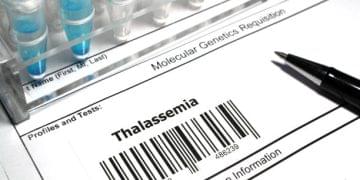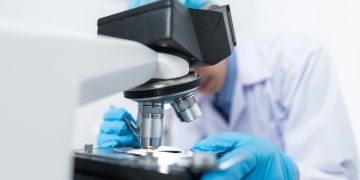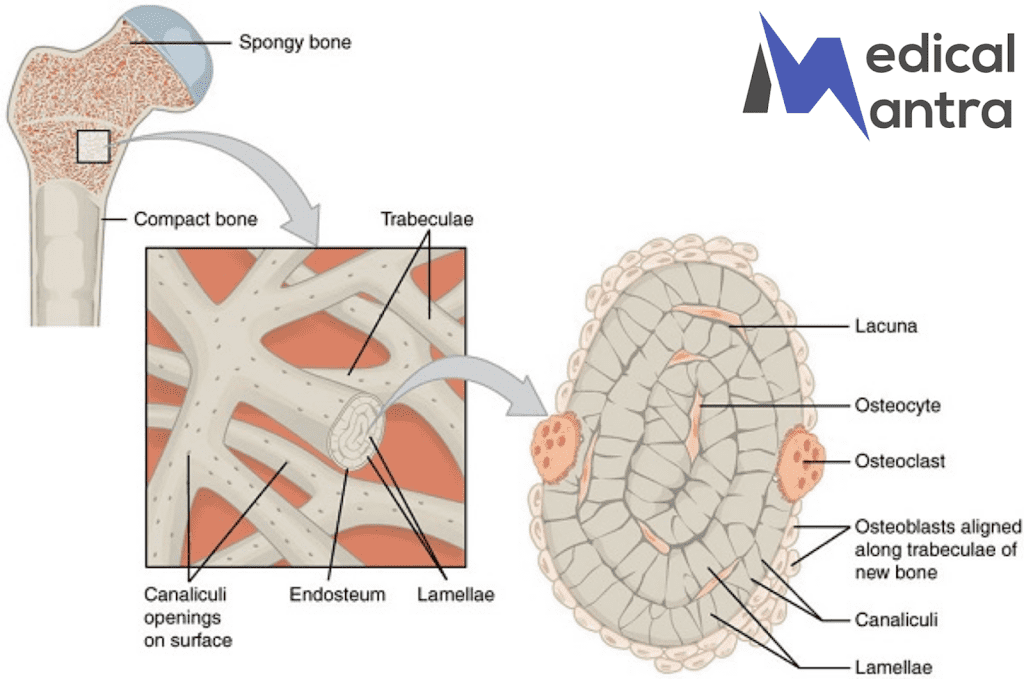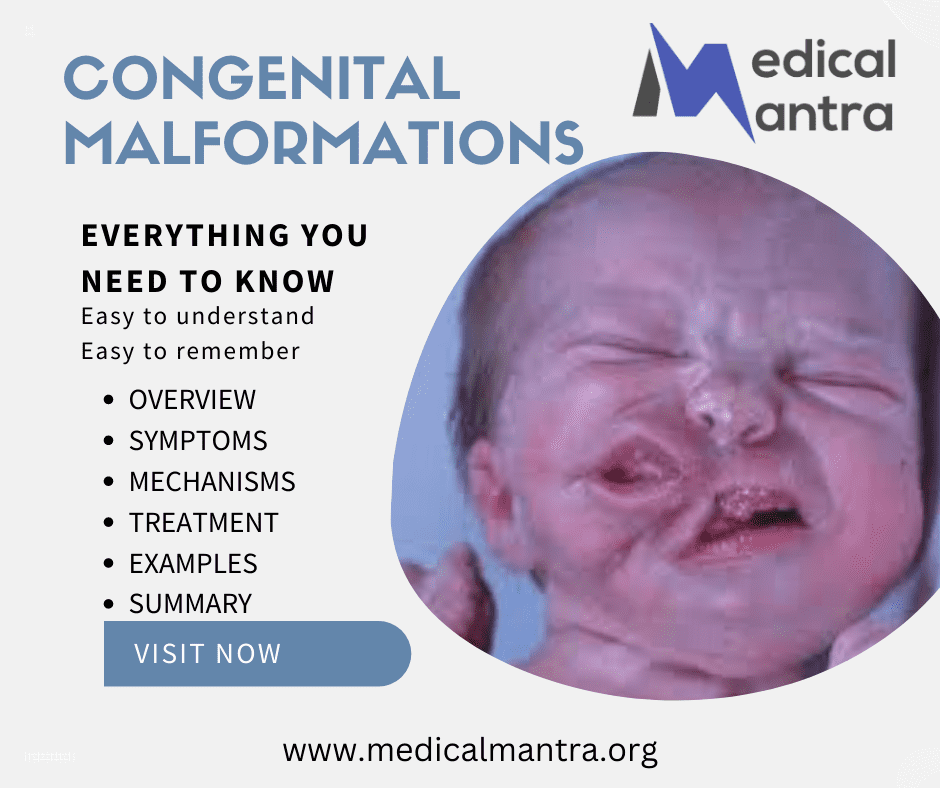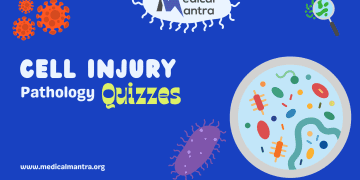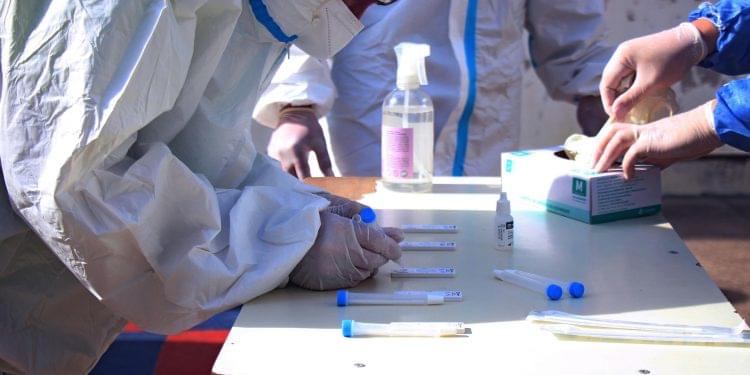Table of Contents
Pathology Definition:
Pathology is the branch of medical science that systematically studies the nature of diseases, encompassing their origins, mechanisms, manifestations, and effects on the structure and function of cells, tissues, and organs within the human body. It involves the examination and analysis of pathological processes at both macroscopic and microscopic levels, aiming to understand the underlying causes, progression dynamics, and clinical implications of various diseases.
Understanding Pathology
Pathology serves as a fundamental discipline in the medical sciences, offering a comprehensive exploration into the intricate nature of diseases. It entails a multifaceted study encompassing the identification of symptoms, the elucidation of pathogenic mechanisms, the analysis of complications, and a thorough investigation of the morphological consequences, encompassing both structural and functional alterations occurring at the cellular, tissue, and organ levels.
Key Concepts Elaborated:
- Etiology and Pathogenesis: Diseases arise from a myriad of factors, ranging from genetic predispositions to environmental influences. Pathogenesis, the dynamic process underlying disease development, delineates the intricate temporal sequence and patterns of cellular injury that ultimately culminate in disease manifestation.
- Morphologic Changes: Diseases are characterized by discernible alterations in both gross (macroscopic) and microscopic levels. These changes encompass a spectrum of structural modifications, ranging from observable macroscopic anomalies to subtle microscopic abnormalities observed in cellular and tissue architecture.
- Clinical Significance: The clinical significance of diseases extends beyond mere observation, encompassing a comprehensive evaluation of symptomatic presentations, disease progression dynamics, including the onset of complications, and the formulation of prognostic assessments crucial for informing therapeutic interventions.
Detailed Examination Methods
- Gross Examination:
- This initial step involves the visual inspection of organs, focusing on identifying any macroscopic abnormalities. Pertinent considerations include assessing organ size, shape, consistency, and color variations indicative of pathological changes.
- Microscopic Examination:
- Utilizes specialized staining techniques such as Hematoxylin and Eosin (H&E), regarded as the gold standard in light microscopic examination. These stains facilitate the visualization of cellular morphology and tissue architecture, enabling pathologists to discern subtle cellular alterations indicative of pathological processes.
- Specialized Techniques:
- Histological stains such as Prussian blue (for iron), Congo red (for amyloid), acid-fast stains (for acid-fast bacilli), and immunohistochemical stains (for specific cellular markers) provide valuable insights into disease pathology.
- Ancillary techniques like immunofluorescence microscopy (IFM) and transmission electron microscopy (EM) offer advanced diagnostic capabilities, particularly in the assessment of renal diseases, neoplasms, infections, and genetic disorders.
- Molecular Techniques:
- Molecular methodologies such as protein electrophoresis, Southern and Western blots, polymerase chain reaction (PCR), and cytogenetic analysis (including karyotyping and in situ hybridization studies) enable the elucidation of molecular markers and genetic aberrations underlying disease pathogenesis.
- More Details (click Here)
Conclusion:
Pathology stands at the forefront of elucidating the complexities of disease pathogenesis, offering invaluable insights into disease etiology, progression, and clinical significance. Through a meticulous integration of diverse examination methodologies, pathology serves as a cornerstone in informing diagnostic and therapeutic decision-making processes, ultimately contributing to the advancement of medical knowledge and the improvement of patient care outcomes.


